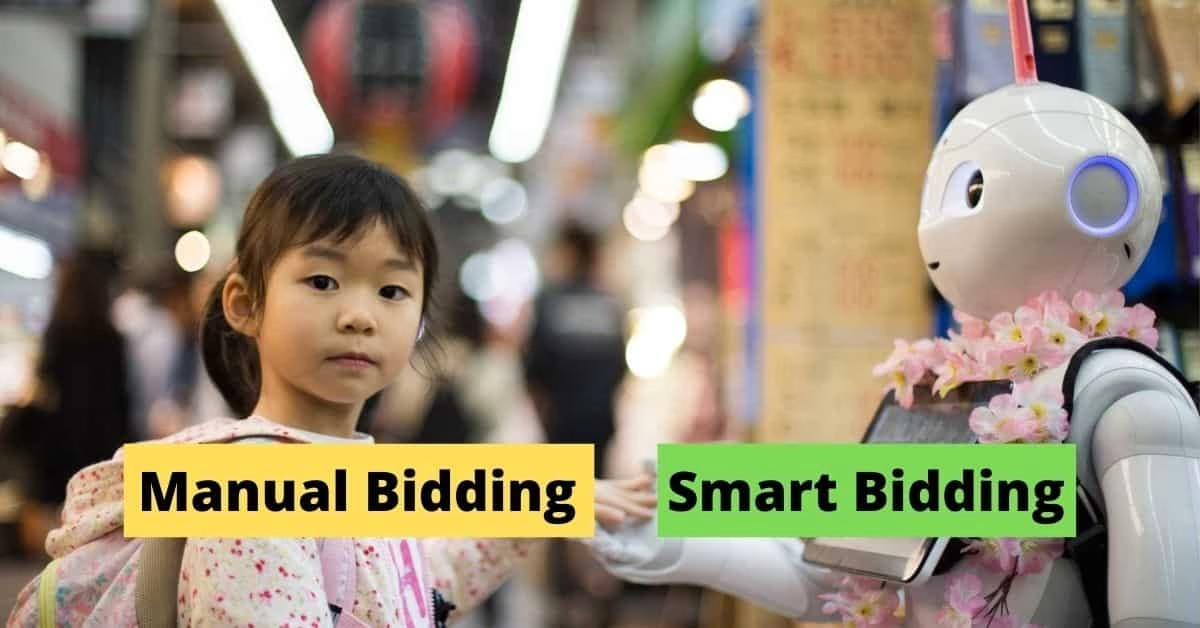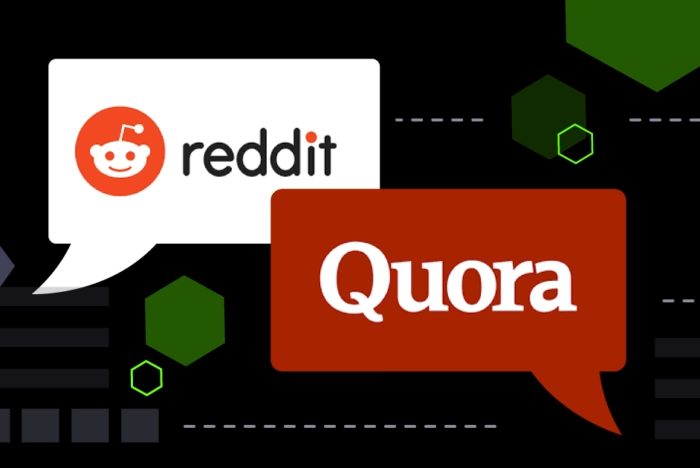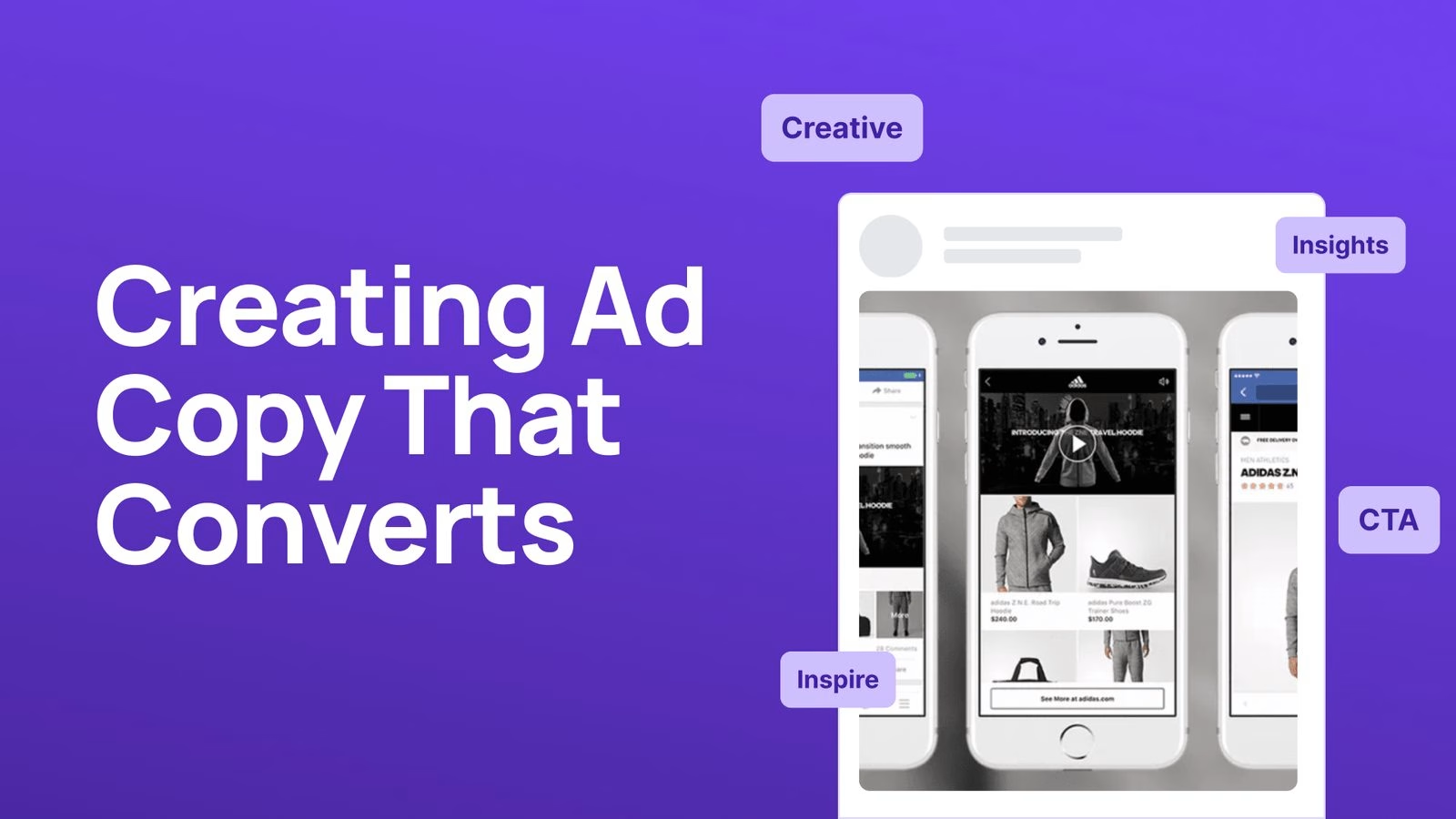Selecting the right Google Ads bidding strategy can be the difference between a winning campaign and wasted spend. For small and medium businesses in India, the decision often comes down to Smart Bidding versus Manual Bidding. Smart Bidding delivers automation and efficiency, while Manual Bidding ensures greater control and precision. This guide explores both strategies in depth, helping you identify which one will drive the best results for your campaigns in 2025.
If you’re ready to maximize your Google Ads performance, reach out to Raes Associates today for expert guidance on creating the perfect bidding strategy.
Understanding Smart Bidding in Google Ads
Smart Bidding is Google Ads’ automated bidding system that uses machine learning to optimize your bids in real-time for each auction. It analyzes hundreds of signals—like device type, location, time of day, and user behavior, to adjust bids automatically. The primary goal is to maximize conversions or conversion value based on your campaign objectives.
Popular Smart Bidding strategies include:
- Target CPA (Cost per Acquisition): Sets bids to help you achieve a specific cost per conversion.
- Target ROAS (Return on Ad Spend): Adjusts bids to maximize revenue while hitting a desired return on investment.
- Maximize Conversions: Automatically sets bids to get the most conversions within your budget.
- Maximize Conversion Value: Focuses on increasing the total conversion value rather than just the number of conversions.
The main advantage of Smart Bidding is efficiency. It reduces the manual effort required to manage bids and leverages Google’s AI to optimize for the best possible results. Automated bidding can also uncover hidden opportunities, showing your ads for search phrases beyond your main keywords, effectively expanding your reach and improving ROAS.
Why Manual Bidding Still Matters
Despite the allure of automation, manual bidding remains a preferred choice for many advertisers in India. With manual bidding, you set maximum CPCs (cost-per-click) for individual keywords, giving you complete control over where your money goes.
Advantages of manual bidding include:
- Full Control: You can manage bids for each keyword, ensuring your budget is spent precisely where it matters.
- Flexibility for Testing: Ideal for A/B testing, helping you understand which keywords, ad copies, or campaigns perform best.
- Budget Sensitivity: Especially important for small businesses with limited advertising budgets.
- Effective in Niche Markets: When conversion data is low, human judgment often outperforms algorithmic predictions.
For businesses that cannot risk handing full control to AI, manual bidding offers transparency and a reliable way to optimize campaigns according to your own strategy.
Smart Bidding vs Manual Bidding: Key Differences
Feature | Smart Bidding | Manual Bidding |
Control | Limited, Google decides bids | Full control over CPC |
Data Requirement | Requires significant historical conversion data | Works even with limited data |
Ease of Use | Saves time, automates processes | Time-intensive, requires manual adjustments |
ROAS Optimization | Automatic based on historical learning | Manual testing and optimization required |
Best For | Large accounts with consistent traffic | Small to medium campaigns, niche keywords |
Smart Bidding excels when you have large volumes of data and consistent traffic. Manual bidding is better suited for businesses with smaller budgets, niche products, or new campaigns where historical data is limited.
When Smart Bidding May Not Work
While Smart Bidding offers advanced automation, it is not foolproof. Situations where it may underperform include:
- Low Conversion Data: The algorithm relies heavily on historical conversions, so insufficient data can lead to inaccurate bids.
- Seasonal Campaigns: Sudden spikes in demand, like festive sales, can confuse Smart Bidding algorithms.
- Niche Keywords: Targeting highly specific keywords may not provide enough signals for effective optimization.
- Budget Constraints: Small businesses might find automated bidding consumes their budgets too quickly without guaranteed returns.
In such scenarios, manual bidding or a hybrid approach often provides better results, combining the efficiency of AI with human oversight.
Combining Smart and Manual Bidding for Maximum Impact
Rather than choosing one strategy exclusively, many successful advertisers in India use a hybrid approach. Some practical tips include:
- Start with manual bidding to collect enough conversion data before switching to Smart Bidding.
- Use Smart Bidding for broad campaigns with high-volume keywords and manual bidding for high-value or niche products.
- Conduct regular audits of campaign performance to ensure your ROAS targets are being met.
For expert guidance on balancing Smart and Manual Bidding, contact Raes Associates to design a tailored Google Ads strategy.
Making the Most of Google Ads Features in 2025
With the rise of AI-driven advertising tools, Smart Bidding now integrates more seamlessly with cross-channel campaigns, including Search, Display, and Video Ads. Google’s AI can even generate ad copies, images, and video content automatically, reducing manual workload while ensuring consistent messaging across platforms.
Moreover, Smart Bidding Exploration allows campaigns to target broader customer intents. Instead of just showing ads for exact keywords, your campaigns can reach search phrases reflecting exploratory intent, boosting conversions and uncovering new audience segments.
Practical Tips for Small Businesses in India
- Test Before Scaling: Begin with small campaigns using manual bidding, gather conversion data, then experiment with Smart Bidding.
- Use Automated Bidding Wisely: For campaigns with sufficient historical data and high traffic, automated bidding saves time and improves efficiency.
- Monitor Closely: Even automated campaigns require regular oversight to adjust budgets and ROAS goals.
- Understand Google Ads Costs: Consider the competitive cost of advertising in India, and optimize bids for maximum ROI. For detailed insights, check out our guide on Google Advertising Cost in India.
For step-by-step guidance on setting up your Google Ads campaigns effectively, explore Mastering Google AdWords for Effective Online Advertising and learn about Types of Google Ads to Choose the Right Campaign Type.
Key Takeaways for Your Google Ads Strategy
Choosing between Smart Bidding and Manual Bidding depends largely on your campaign goals, budget, and the level of control you desire. While Smart Bidding offers automation, efficiency, and AI-powered optimization, manual bidding provides transparency, control, and better testing flexibility. Many businesses achieve the best results by combining both strategies, adapting based on performance metrics and specific campaign requirements.
For businesses in India aiming to maximize digital marketing success, reach out to Raes Associates to craft a strategy that balances automation with precise manual control for the highest ROAS.



